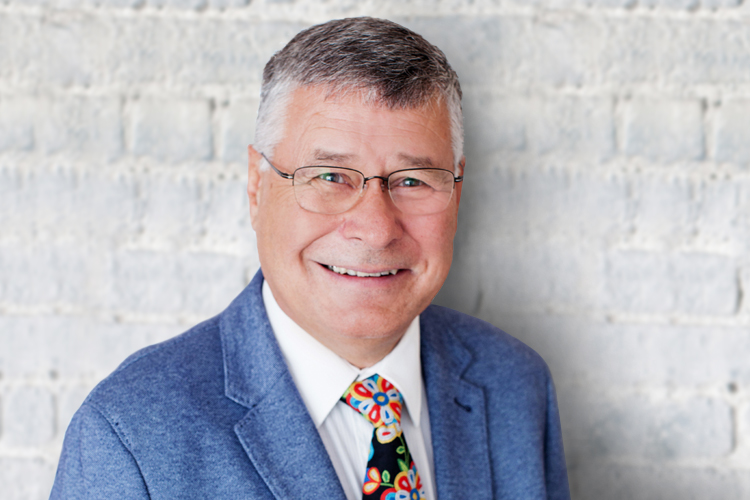October 3rd was a historic day for Canada, in more ways than one.
Greg Fergus was elected by his peers as Speaker of the House of Commons of Canada, making him the first Black Canadian and the first person of colour selected to hold this distinguished office in its 156-year history.
Yet closer to my mind and heart, and that of many Indigenous people in Canada, was the unprecedented election of Wab Kinew – an Anishnabe Nini (Ojibway man) – as Premier of Manitoba with a majority government. This victory makes him the first and only provincial premier of First Nations heritage in the history of the Canadian confederation, as well as the first Indigenous provincial premier in the modern era (Manitoba had a Métis premier, John Norquay, early in its post-confederation history).
That this milestone happened only days after the National Day for Truth and Reconciliation shows that while the work is hard and constant, reconciliation can take many forms.
As leader of the Manitoba NDP and an Indigenous man, Mr. Kinew was on the receiving end of many unfair and disrespectful characterizations, statements, and accusations. It’s unfortunately an all-too-relatable experience for most First Nations, Inuit and Métis persons in this country. Mr. Kinew was not shy when talking about his past: that he did have problems as a young person, such as running afoul of the law, and had some substance problems. These are issues not only facing the majority of Indigenous youth, but also youth of all races. Through determination, will and a return to his traditional and spiritual roots he fought through these problems. He then created a resume of experience and leadership that would be the envy of any Canadian – and upon which he was judged by a strong plurality of Manitoba voters to be the best person to lead the province.
Of course, any political victory is a result of many facets at play. There was a perception that the Progressive Conservative government had run its course, and that the electorate were ready for a change. Also important to Kinew’s winning coalition were the demographics of Manitoba, in which Indigenous youth are clearly the fastest growing segment of the population. Thousands of these young people who were voting for the first time voted for the NDP. Kinew spoke to the youth as a peer, described their challenges, and was able to discuss their angst from a position of knowledge, not preaching about the way the government will cure their ills. It is also an impressive demonstration of what happens when Indigenous voters – as one of the fastest-growing groups in many Canadian provinces – support one party. Historically, Indigenous participation in Federal and Provincial elections is low. By contrast, First Nations elections can have a participation rate in the high 80s. Finally, the NDP message was clear and compelling: improvements to health care, smaller class sizes, making the environment a priority, work on reducing crime, and balancing the budget.
On a more personal note, what is most remarkable to me is that only a few years ago, MacLean’s magazine named Winnipeg as the most racist city in Canada. I recall attending a Chief’s meeting in Winnipeg in the 1990s, where it was joked that the locals called police cars “Indian Taxis”. Mr. Kinew did not avoid the issues of his past – or the collective experience of Manitobans – but met them head on. He talked about how systemic challenges can be overcome and soundly defeated. His wife, Dr. Lisa Monkman, brought forward her own compelling story: from being raised in a welfare-dependent home, to attending university and becoming a medical doctor. Their shared story is the poster child of overcoming adversity, racism, and stereotypes to show that Indigenous people are finally moving into the positions that our ancestors hoped for when we agreed to share this land over a century ago.
An elder once told me that we were in the last stages of “First Contact”. That we are. We are also in the first stages on reconciliation.
Written by: John Beaucage, Principal at Counsel Public Affairs and the former-Grand Council Chief of the 42-member First Nations of the Anishinabek Nation


